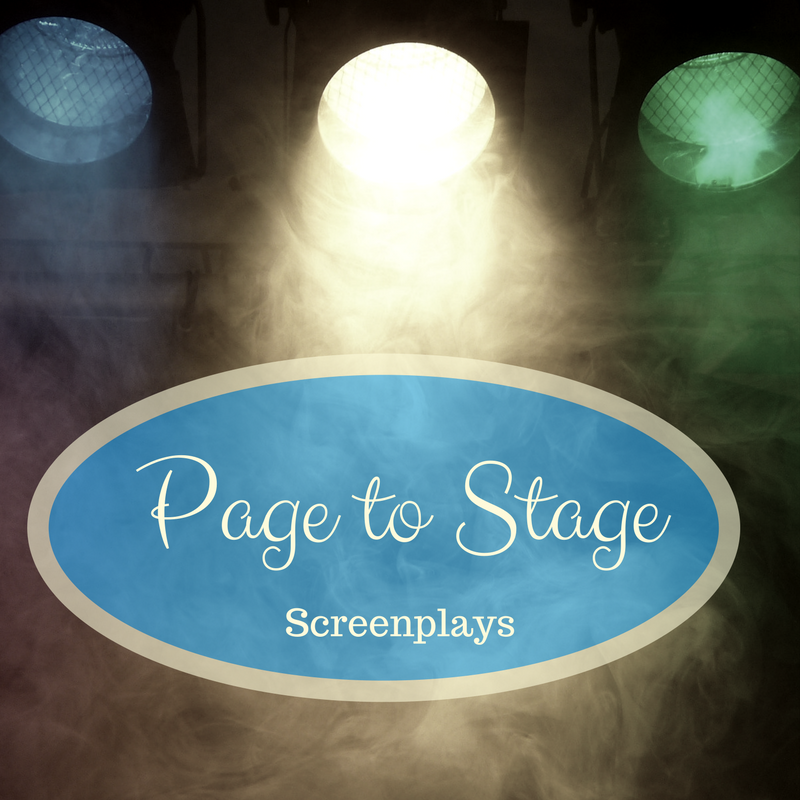Earlier this year I decided to do another rewrite of a screenplay I had written years ago, but in order to do that, I had to learn more about the craft. And that has been the focus of my writing most of this year.
Hence the reason my posts have focused on different film genres, instead of aspects of screenwriting. I am grateful for the managing editors of AlmostAnAuthor.com allowing me the freedom to share less in-depth content while I focused on strengthening my weakest area in screenwriting.
The art of writing good dialogue for movies is a difficult aspect to learn. The saying in the screenwriting community is, “Some writers have an ear for dialogue and others don’t, and may never get it.” I’m at a point in my studies where I want to share what I’ve learned in the past six months. So for the rest of the summer, I will discuss this.
Last year I shared how the first movies had no sound and relied only on visual acting and action until “talkies,” gave film a whole new dimension in the late 1920s.
With the added feature of sound to film storytellers could raise the bar for the action in their narratives, not just through musical scores and sound effects, but also through dialogue!
DIALOGUE?
I used think dialogue was simply conversations between characters in a story, but as you’ll see over the next few months, it is much more complicated. Actually, simple chitchat and casual pleasantries are frowned upon in screenplay dialogue, because it is boring. Words like: hi, bye, thank you, you’re welcome are unnecessary, they are stagnant talk while the driving force behind every story is conflict.
Robert McKee explains, “There needs to be conflict in every scene… Each exchange of dialogue creates an action/reaction that progresses the scene.”[i]
Think about a couple or siblings arguing. The exchange of words incites feelings and possibly physical actions that build the scene and hopefully the story. A screenwriter’s job is to dictate the dialogue in a way that will encourage action and/or reactions to build conflict that requires a resolution—this is our story. Dialogue runs along the three distinct levels to accomplish this:
- Said to others.
- Said to oneself.
- Said to the audience.[ii]
Regardless who is being spoken to, the words either reveal OR conceal what is happening on the inside of the character. In fact, the very words they use and how they use them can shed light on the character’s personality. For example:
- Education level.
- Imagination.
- Genetic givens.
- Regional upbringing.
- Personal beliefs.
- Overall personality.
One of my favorite movies of all times is a prime example of this, the dialogue in Grease reveals so much about the era, characters and their desires.
On the flipside, what isn’t said by the main characters also reveals their desires. In the same scene, we get the impression Sandy desires love, while Danny is interested in lust. This is called subtext.
When less is said through verbal dialogue, we leave room for subtext, and subtext gives actors more room to act and reveal more inner action.
SUBTEXT?
One of the biggest no-nos in screenwriting is “on the nose” dialogue. Even I’ve had trouble with this at times. This is simply dialogue with no subtext; the characters are saying how they feel.
The problem is, as with chitchat and pleasantries, it’s boring. It leaves no room for action. Worse, it leaves no room for actors to act. They can’t become the characters our story needs, because they’re telling everything.
This is why I got excited when I saw the teaser trailer for Last Blood. John Rambo is a man of few words and is legendary for letting his actions speak for him.
Robert McKee explains, “Once the character speaks (text), readers and audiences instinctively look past the words to intuit the unsaid, to glimpse what the character actually thinks and feels (subtext) but chooses not to put into words.”[iii]
Skillful screenwriters can imply subtext in a variety of ways:
- Counteractions.
- Pauses.
- Silence.
If
you tap your creative instincts there are endless ways to reveal a story’s
dialogue through action.
[i] McKee R. (2016). Dialogue: The Art of Verbal Action for Page, Stage, and Screen (Kindle edition) pg xvii.
[ii] McKee R. (2016). Dialogue: The Art of Verbal Action for Page, Stage, and Screen (Kindle edition) pg 3.
[iii] McKee R. (2016). Dialogue: The Art of Verbal Action for Page, Stage, and Screen (Kindle edition) pg 46.

Martin Johnson survived a severe car accident with a (T.B.I.) Traumatic brain injury which left him legally blind and partially paralyzed on the left side. He is an award-winning Christian screenwriter who has recently finished his first Christian nonfiction book. Martin has spent the last nine years volunteering as an ambassador and promoter for Promise Keepers ministries. While speaking to local men’s ministries he shares his testimony. He explains The Jesus Paradigm and how following Jesus changes what matters most in our lives. Martin lives in a Georgia and connects with readers at Spiritual Perspectives of Da Single Guy and on Twitter at mtjohnson51.


 We love helping your growing in your writing career.
We love helping your growing in your writing career.

No Comments